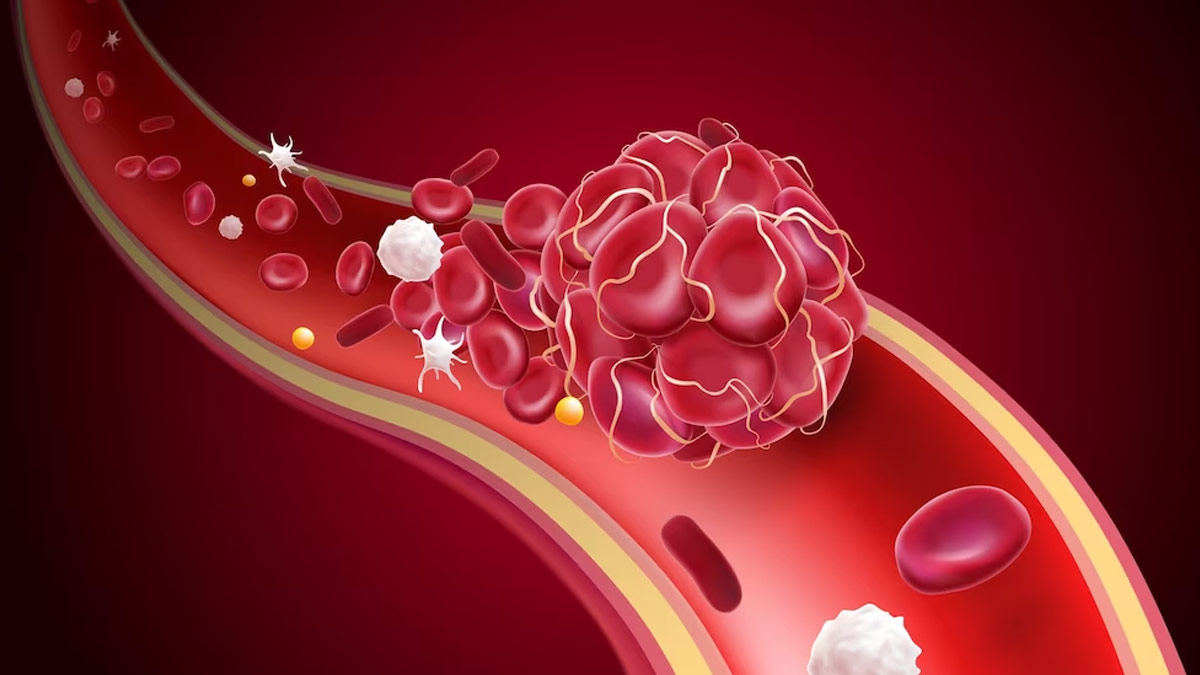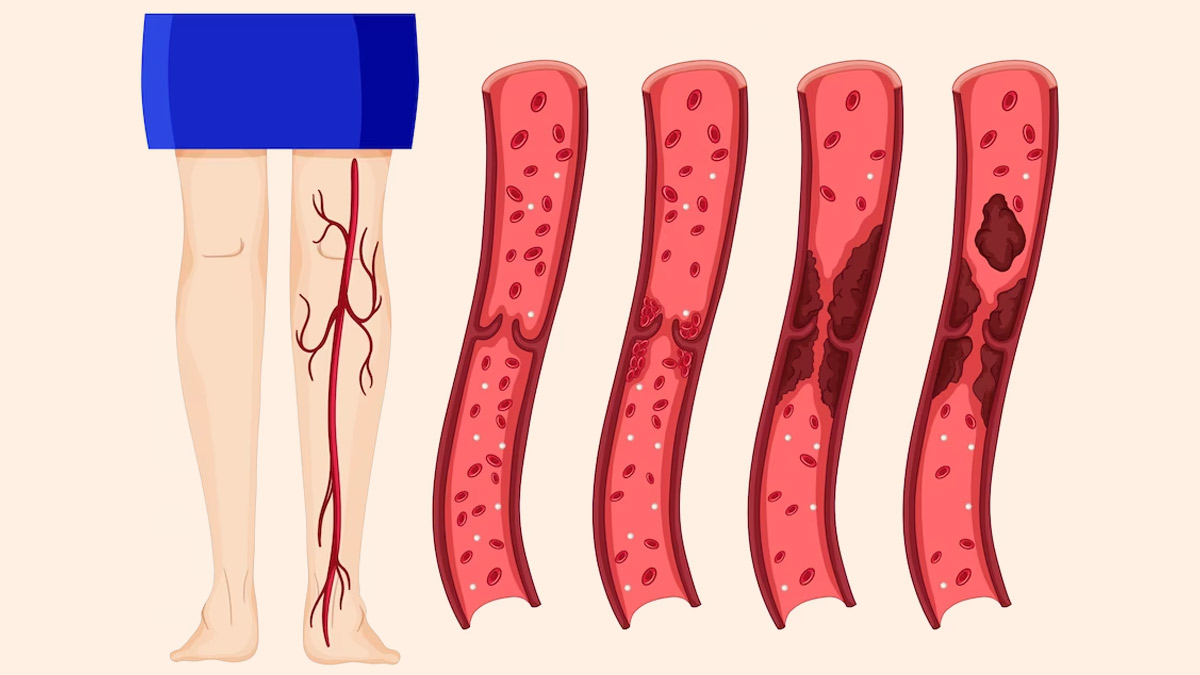

Blood clots can pose serious health risks if left undetected and untreated. They occur when blood coagulates within a blood vessel, potentially obstructing blood flow and leading to complications, such as Deep Vein Thrombosis (DVT) or even pulmonary embolism. Recognising the signs of a blood clot is crucial for early intervention and prevention of potential harm. We spoke to Dr Madhumita K, MD – Internal Medicine, Apollo Spectra Hospital, Chennai, who explained the common indicators that can help you spot a blood clot, allowing you to take prompt action and seek medical attention when necessary.
What is a Blood Clot?
“A blood clot, also known as a thrombus, is a gel-like mass formed by the clumping together of platelets and fibrin (a protein involved in blood clotting) within a blood vessel,” said Dr Madhumita.
She added that when a blood vessel is injured, blood clotting, a natural process, helps stop excessive bleeding. However, when a clot forms within a blood vessel, where there is no injury, it may lead to serious health issues. The Centres for Disease Control and Prevention (CDC), up to 1 lakh individuals die of blood clots annually.
Also Read: How Blood Clots Affect Your Leg: Symptoms To Watch Out For
Concerns About Blood Clot

“Blood clots are concerning because they can block blood flow, leading to tissue damage or even organ failure,” said Dr Madhumita. Depending on where the clot forms, it can cause various medical conditions.
Deep Vein Thrombosis (DVT)
“These are the clots that form in the deep veins of the legs or pelvis. If a clot breaks free and travels through the bloodstream, it can reach the lungs and cause a potentially life-threatening condition called pulmonary embolism,” said Dr Madhumita.
Pulmonary Embolism (PE)
According to Dr Madhumita, in this condition, a clot that travels to the lungs and blocks blood flow can lead to difficulty breathing, chest pain, and even death if not treated promptly.
Stroke
“Clots that form in the brain’s blood vessels can interrupt blood flow to parts of the brain, leading to a stroke, which can result in neurological damage or death,” said the doctor.
Heart Attack
“Clots in the coronary arteries can block blood flow to the heart muscle, causing a heart attack,” said Dr Madhumita.
Arterial Clots
“In this condition, clots that form in arteries can lead to reduced blood flow to various organs, potentially causing damage or failure,” said Dr Madhumita.
Also Read: Long-Distance Travel Can Increase Your Risk Of Blood Clots: Note The Symptoms Of Deep Vein Thrombosis
How To Spot a Blood Clot

Spotting a blood clot can be challenging, but there are some signs and symptoms to watch out for, as per Dr Madhumita.
- Swelling: Sudden and unexplained swelling, often in the leg or arm.
- Pain: Unexplained pain, tenderness, or cramping, often in the leg.
- Redness and Warmth: Skin that feels warm to the touch and appears red or discoloured.
- Shortness of Breath: If one experiences sudden shortness of breath, chest pain, rapid heart rate, and coughing up blood, it could indicate a PE.
- Chest Pain or Discomfort: This could be a sign of a heart attack or other cardiovascular issues.
- Speech and Vision Changes: Sudden changes in speech, vision, or balance could indicate a clot-related stroke.
Ways to Manage
“If one suspects a blood clot, it is important to seek medical attention immediately. Prevention is also important, especially for individuals at higher risk due to factors like obesity, smoking, a sedentary lifestyle, or a history of clotting disorders,” said Dr Madhumita. Here are some preventive measures, as per Dr Madhumita.
- Stay Active: Regular physical activity helps maintain healthy blood circulation.
- Hydration: Drink enough water to prevent the blood from becoming too thick.
- Healthy Eating: Include fruits, vegetables, whole grains, and lean proteins in the diet.
- Avoid Smoking and Limit Alcohol: Both smoking and excessive alcohol consumption can increase clotting risk.
- Compression Stockings: These can help prevent clots in the legs during long periods of sitting or immobility.
- Medication: If prescribed by a doctor, anticoagulant medication can help prevent clot formation.
- Medical History and Check-ups: Inform the doctor about any personal or family history of blood clotting disorders.
Conclusion
If you suspect a blood clot or are at risk, consulting a healthcare professional for guidance tailored to a specific situation is very important.
[Disclaimer: This article is for informational purposes only. Consult your healthcare provider to get a thorough diagnosis and treatment as per your health needs.]
Image Credits: freepik
اكتشاف المزيد من ينبوع المعرفة
اشترك للحصول على أحدث التدوينات المرسلة إلى بريدك الإلكتروني.
